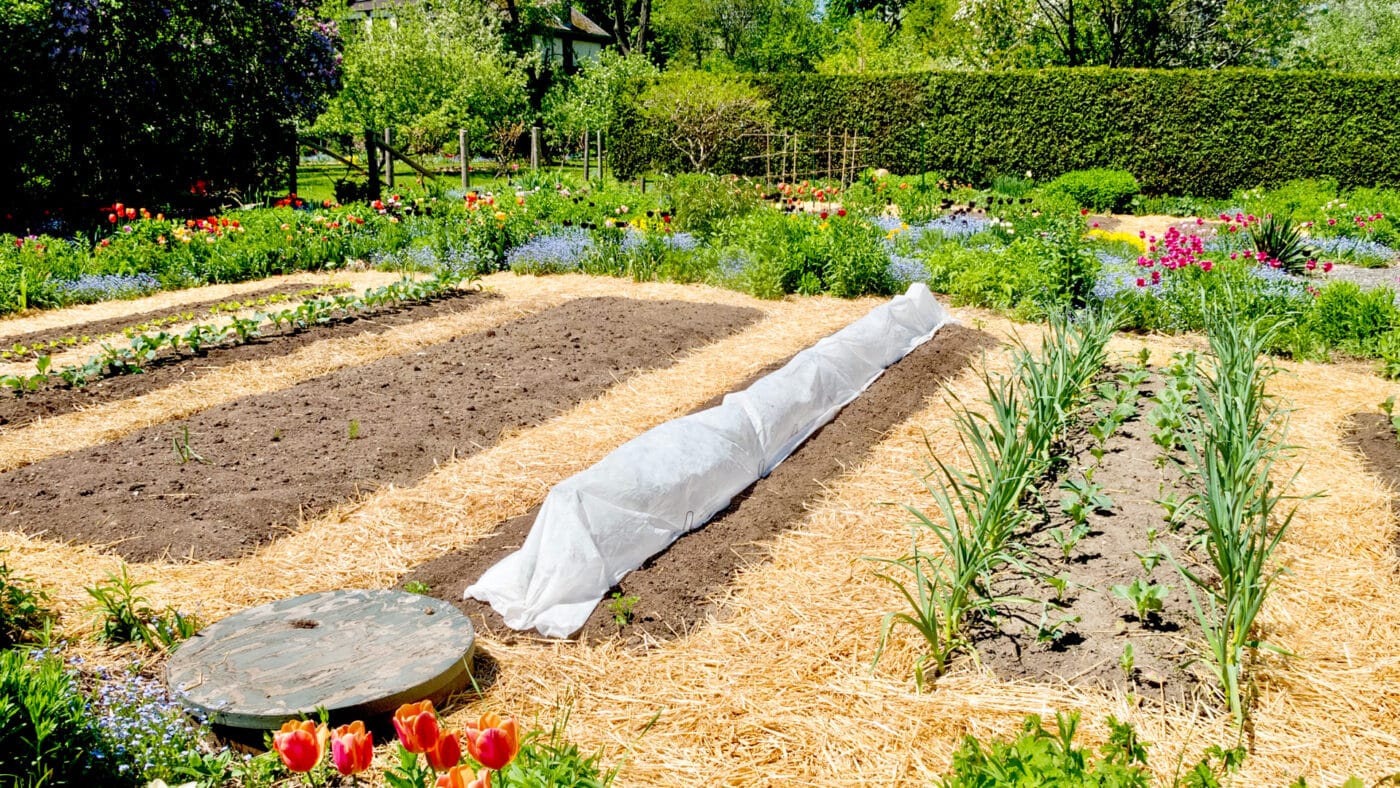Introduction
Choosing the right mulch is a crucial step for any gardener aiming to improve soil health, retain moisture, and suppress weeds. Among popular organic mulching materials, hay and straw are often compared for their effectiveness and suitability. But which one is better for your garden? This article explores the key differences, benefits, and drawbacks of using hay versus straw as garden mulch. By understanding their properties and uses, you can make an informed decision that enhances your garden’s productivity and sustainability.
What Is Garden Mulch and Why Use It?
Mulch is a protective layer placed on the soil surface to conserve moisture, regulate temperature, reduce weed growth, and enrich the soil as it decomposes. Organic mulches like hay and straw add valuable nutrients and improve soil structure over time. Effective mulch supports healthy plant roots and can reduce the need for frequent watering and chemical weed control.
Hay vs. Straw: Understanding the Basics
What Is Hay?
Hay consists of cut grasses and legumes like alfalfa or clover, harvested before they fully mature. It often contains seeds and a mix of plant material with higher nutrient content.
What Is Straw?
Straw is the dry stalks left after harvesting cereal grains like wheat, barley, or oats. It is typically seed-free and has a coarser texture with lower nutrient levels than hay.
Comparing Benefits and Drawbacks of Hay and Straw Mulch
Nutrient Content and Soil Improvement
- Hay is richer in nitrogen and organic matter, which can boost soil fertility as it breaks down.
- Straw has lower nutrient content but still contributes organic matter, improving soil structure slowly.
Weed Seeds and Contamination Risks
- Hay often contains weed seeds, which can germinate and compete with garden plants. This risk makes hay less ideal unless it’s well-composted first.
- Straw is usually free of seeds, reducing the chance of introducing weeds to your garden.
Moisture Retention and Soil Temperature
- Both hay and straw effectively retain soil moisture and moderate temperature fluctuations.
- Straw tends to be more durable and decomposes slower, providing longer-lasting mulch coverage.
Pest and Disease Considerations
- Hay can harbor pests or diseases if sourced poorly, so it’s important to use clean, untreated hay.
- Straw is less likely to host pests, making it a safer choice for many gardeners.
How to Use Hay or Straw as Garden Mulch Effectively
- Prepare your garden bed by removing existing weeds and watering the soil.
- Apply a 2 to 4-inch layer of hay or straw evenly over the soil surface.
- Avoid piling mulch against plant stems to prevent rot.
- Monitor mulch regularly and replenish as it decomposes.
- Consider composting hay before use if weed seed contamination is a concern.
Expert Recommendations and Real-World Insights
According to horticulture experts, straw is generally preferred for vegetable gardens due to its low seed content and durability. However, gardeners aiming to enrich poor soils may benefit from using hay as mulch after composting it to kill seeds. A study by the University of Minnesota Extension notes that straw mulch can reduce soil temperature fluctuations by up to 10°F and improve water retention, enhancing plant growth.
Conclusion
Both hay and straw have valuable roles as garden mulches, but your choice depends on your garden goals and risk tolerance. Straw offers a cleaner, longer-lasting mulch option with minimal weed risk, making it ideal for most gardeners. Hay provides richer nutrients but carries a higher risk of weed seeds, so composting it first is advisable. By weighing these factors, you can select the best mulch to foster a healthy, thriving garden.
Start mulching today to conserve water, suppress weeds, and enrich your soil naturally—your garden will thank you!
